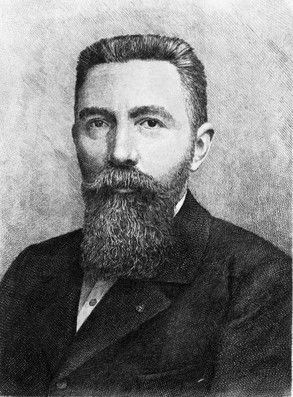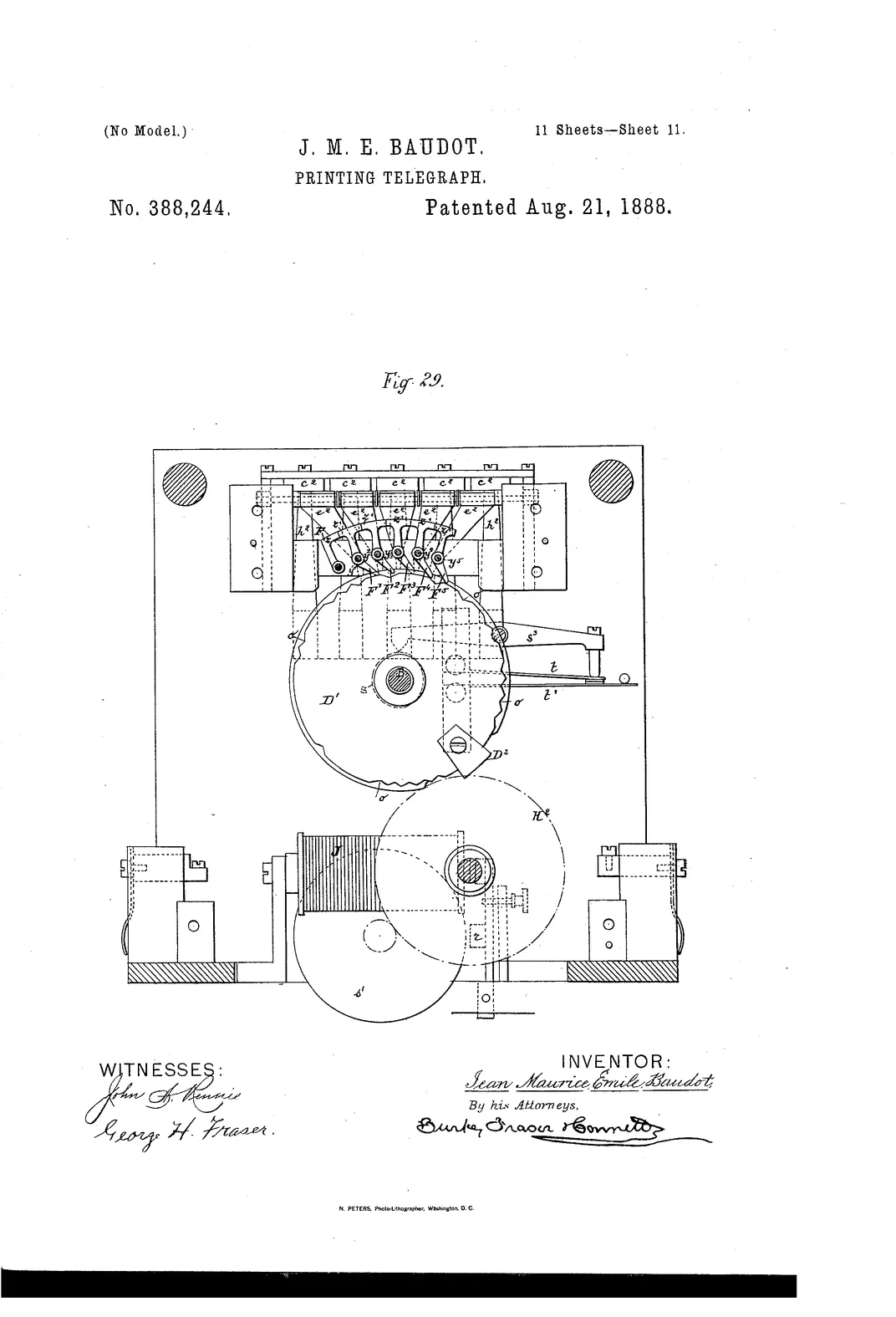The Roots of Computer Code Lie in Telegraph Code
Émile Baudot, born a year after the first long-distance telegraph message was sent, helped advance the technology
/https://tf-cmsv2-smithsonianmag-media.s3.amazonaws.com/filer/73/a1/73a1ef57-863e-4cb0-90f6-8a3dc43af722/clavier_baudot_1.jpg)
Famously, the first long-distance message Samuel Morse sent on the telegraph was “What hath God wrought?” When it comes to digital progress, it’s a question that’s still being answered.
The telegraph was a revolutionary means of communication in itself, but it’s also connected to the development of modern computer languages. Like any new technology, its creation had a ripple effect, provoking a wide range of other innovations. Engineer Jean-Maurice-Émile Baudot, born on this day in 1845, was an important telegraph innovator whose telegraph system helped lay the groundwork for modern computers.
Baudot had been a telegraph operator since 1869, write Fritz E. Froehlich and Allen Kent in The Froehlich/Kent Encyclopedia of Telecommunications. When he was training, he learned how to operate Samuel Morse’s original telegraph, but he also learned to use other telegraph models. He practiced on the Hughes telegraph, an early printing telegraph that had a keyboard like a piano, and the Meyer telegraph, which was the first to use paper tape with holes in it to record telegraph signals, according to author Anton A. Huurdeman. Baudot built on these innovations, adding his own touch.
Baudot Code
Baudot Code's biggest advantage over Morse Code, which was first used in the 1840s, and other earlier codes, was its speed. Earlier systems sent characters of information by using different lengths of character distinguished by a short gap (the “dits” and “das” of the Morse code system). “Baudot’s code sent characters in a synchronized stream,” writes author Robin Boast, “as each character code was exactly the same length and had exactly the same number of elements.” Although some of the ideas he used had been pioneered before, Baudot was the first to connect them all in a system, Boast writes. He goes on to explain, “most significant for us is that Baudot was the first to recognize the importance of a simple five-bit binary code–a digital code.” Baudot’s fixed-length binary code is a direct predecessor of some of the digital codes used today.
ASCII, the most widely accepted code for translating computer information into the words you see on your screen, is based on Baudot code, which itself went through several permutations after Baudot's original innovation. But more importantly, Baudot's code itself "laid the first brick in the road to our digital universe," writes James Draney for Review 31. "Baudot's Printing Telegraph was an encoding system that ran off five-bit binary code. It was not the first binary code, of course, but it was the first to be properly considered digital, and its essence still exits in our computers, tablets and mobiles today."

Printing on paper tape
Having already patented his printing telegraph in France, England and Germany, Baudot secured an American patent for his printing telegraph on August 21, 1888. The inventor wasn’t the first to use a paper-punch system to record telegraph signals, but because Baudot Code and his custom-built telegraph machines were widely embraced, being much faster than previous telegraphs, they helped keep the system alive. His printing telegraph was a predecessor to computers because it ran without human intervention, once the data (codes) were input, presenting the information to the receiver in a readable form–paper tape with coded holes in it.
Baudot’s teletype machine, also called a teletypewriter, used a five-key keyboard, write Froehlich and Kent. “Borrowing from Meyer, Baudot developed a distributor that allowed five instruments to share the same wire,” they write. His prototype was tested in the later 1870s and widely adopted in France: “by 1892,” the pair write, “France had 101 Baudot-printing multiple telegraphs in operation.”
Digital printing using perforated paper was still used in the twentieth century, Boast writes, and it was “one of the first recording media used for electronic computers in the 1940s and ‘50s.” Think punch cards and ticker tape.
